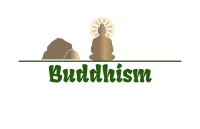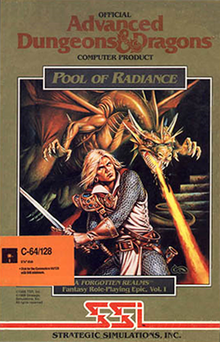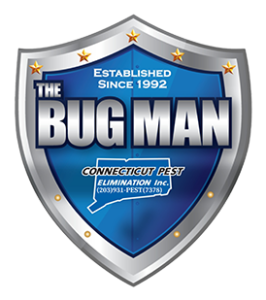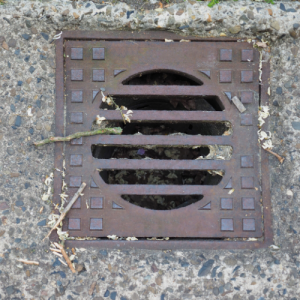In Dungeons and Dragons, savages are little humanoid monsters. They walk upstanding regardless of the way that their arms nearly show up at their knees. Their eyes contrast from red to yellow and are regularly dull and covered. Depicted as “frightfully horrifying”, they have a sweeping nose that sits on a level face with pointed ears and a wide mouth. Their mouth contains nearly nothing, yet sharp teeth. Their skin tone goes from a dim red through practically any shade of orange to yellow. People from a comparable tribe will overall have a comparative complexion.

In most mission settings, Maglubiyet, the heavenly power of war and rulership, is the focal divine force of savages. Distinctive heavenly creatures loved by the savages fuse Khurgorbaeyag, the ruler of enslavement, misuse, and resolve, and dnd goblin name generator the heavenly power of co-action and space.
Society :
Savages typically live in groups that are represented by the most grounded savage in the social event. These tribes change in size from gatherings of 4–9 to factions of up to 400. Most greater groups have wolves or basic wolves as mounts or adjust themselves to words, which moreover pass on them into battle. Savage families customarily settle near mingled areas to strike for food, trained creatures, devices, weapons, and supplies. It is typical for the heads of savage groups to be non-savage either other goblinoids or another creature bunches absolutely; such pioneers are accepting the savages as superfluous champions to extra their inspiration.
Lords of other savage races fuse Meriadar divine force of timelessness, versatility, examination, and articulations and fortes and Stalker lord of scorn, passing, and cold, similarly as the beast god Nomor-Gaya lord of War and Authority, the bogeyman divine creatures Hruggek divine force of viciousness and fight, Grankhul lord of hunting, identifies, and shock, and Skiggaret lord of fear, similarly as Kikanuti the goddess of the desert savages, known as bukas.
Appropriation history :
The savage at first displayed in the fantasy supplement to the primary “Chainmail” set preceding appearance up in the main Dungeons and Dragons game.
Dungeons and Dragons 1974–1976 :
The savage was one of the fundamental monsters introduced in the earliest form of the game, in the Dungeons and Dragons “white box” set 1974, where they were depicted basically as little monsters.
Advanced Dungeons and Dragons first form 1977–1988 :
- The savage appears in the primary rendition of Monster Manual 1977, where it is portrayed as having a tribal society and remaining in sombre natural components.
- The legends and viewpoints of the savages are portrayed comprehensively in Dragon #63 July 1982, in Roger E. Moore’s article, “The Humanoids.”
In the article “Hi, Wanna Be a Kobold?” by Joseph Clay in Dragon #141 January 1989, kobolds, xvarts, savages, and orcs were presented as player character races close by two new individual classes the “Shaman” and the “Witch Doctor”.
Dungeons and Dragons 1977–1999 :
This arrival of the D&D game fused its own variation of the savage, in the Dungeons and Dragons Basic Set 1977, 1981, 1983. The savage was featured as a player character race in the gazetteer The Orcs of Thar 1989. Savages were also later remembered for the Dungeons and Dragons Game set 1991, the Dungeons and Dragons Rules Cyclopedia 1991, the Classic Dungeons and Dragons Game set 1994, and the Dungeons and Dragons Adventure Game set 1999.




